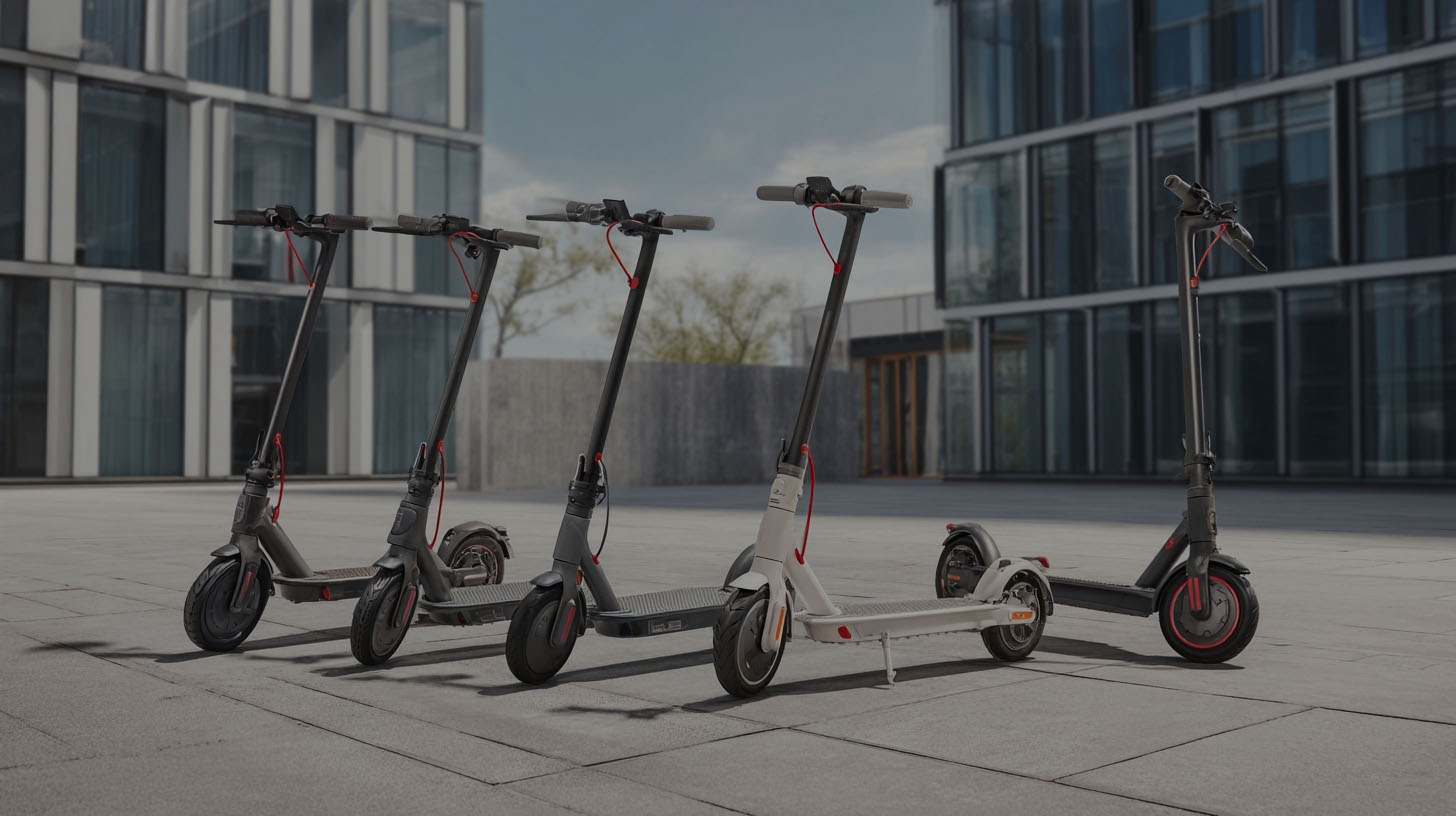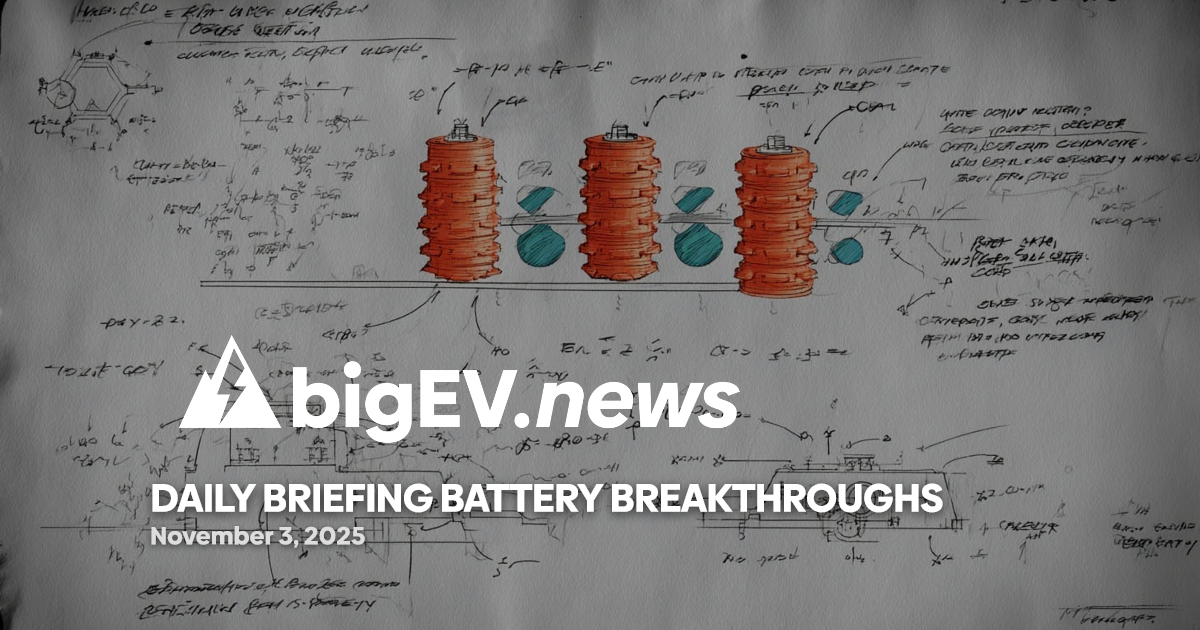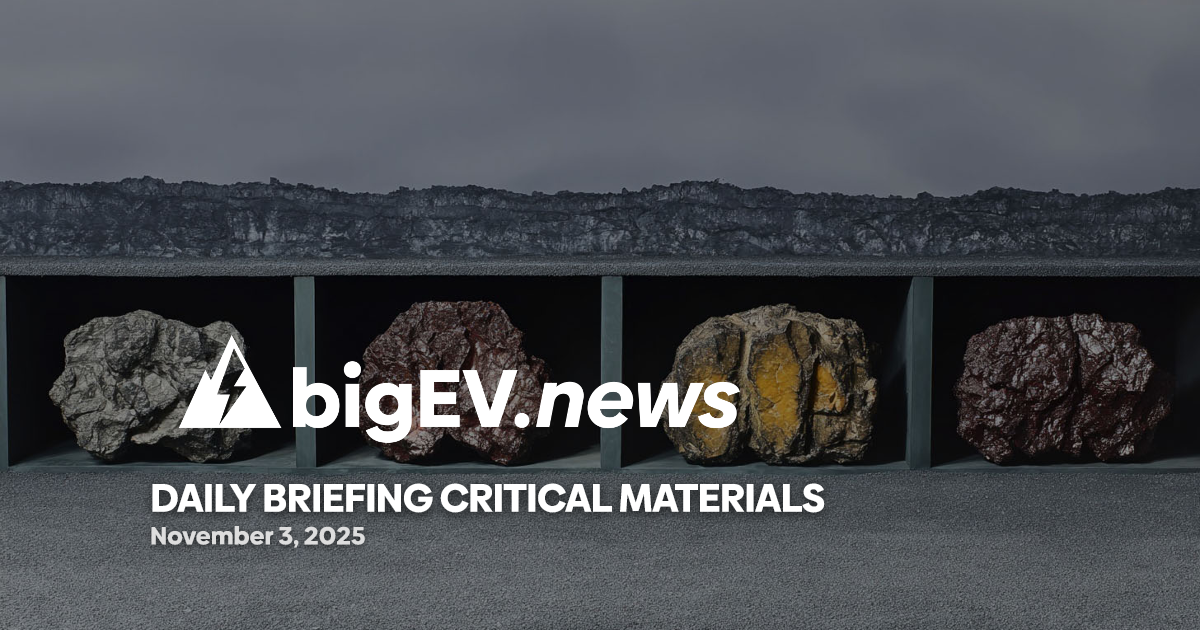At a glance – The past 24 hours have seen a cascade of pivotal developments across the electrified mobility landscape, with major announcements in electric marine propulsion, sustainable hybrid systems for shipping, and additive manufacturing for aerospace and defense. Vision Marine Technologies and Sterk Boats are set to debut the world’s first dual E-Motion 180E electric outboard installation at the 2025 Fort Lauderdale International Boat Show, marking a milestone for high-voltage marine electrification. Meanwhile, Everllence, ABB, and OceanWings have formalized a partnership to integrate wind-assisted propulsion with diesel-electric and battery systems for LNG carriers, targeting dramatic emissions reductions. In parallel, the U.S. Navy, General Dynamics Electric Boat, and Lincoln Electric are investing in large-scale metal additive manufacturing to accelerate submarine production, addressing critical supply chain bottlenecks and setting a new standard for defense sector electrification and efficiency.
Technology advance – Vision Marine Technologies Inc. and Germany’s Sterk Boats have announced the debut of the Sterk 31e, the first vessel to feature a dual E-Motion 180E high-voltage electric outboard powertrain. The system, powered by a 170 kWh battery pack, will be unveiled in-water at the Fort Lauderdale International Boat Show at the end of October 2025. This collaboration showcases the scalability of Vision Marine’s E-Motion technology, enabling it to power larger, performance-oriented recreational boats. The Sterk 31e’s hull was optimized specifically for electric propulsion, demonstrating the potential for premium German marine design to integrate seamlessly with advanced electric systems. This launch is expected to catalyze further adoption of high-voltage electric propulsion across a broader spectrum of powerboat platforms, signaling a new era for marine electrification.
Partnerships – At GasTech 2025 in Milan, Everllence, ABB, and OceanWings signed a Memorandum of Understanding to jointly develop an optimized propulsion concept for LNG carriers. The partnership builds on Everllence’s and ABB’s DFE+ (Diesel-Electric with variable speed) system, integrating OceanWings’ adaptive wingsail technology. This hybrid approach enables high engine efficiency, operational flexibility, and the future integration of batteries and fuel cells. OceanWings’ Adaptive Trimming system continuously optimizes sail positioning, maximizing aerodynamic efficiency and fuel savings. The partners aim to achieve high double-digit reductions in fuel consumption and greenhouse gas emissions, with the initial focus on LNG carriers that spend the majority of their operational time at sea. This collaboration is positioned to deliver significant OPEX and CAPEX reductions for next-generation vessel designs, while advancing the integration of wind-assisted and electric propulsion in commercial shipping.
Acquisitions/expansions – The U.S. Navy’s Maritime Industrial Base Program, in partnership with General Dynamics Electric Boat and Lincoln Electric, has announced a major investment in large-scale metal additive manufacturing (AM) to support the accelerated construction of nuclear-powered submarines. Lincoln Electric’s new SculptPrint™ machines, housed at its Additive Solutions facility in Cleveland, will produce critical submarine components, addressing persistent material availability challenges that have delayed submarine construction. This initiative represents Lincoln Electric’s largest government-funded AM capital investment to date and is expected to significantly reduce lead times and strengthen the defense industrial base. The partnership underscores the growing role of advanced manufacturing technologies in supporting electrified and hybrid naval platforms, ensuring the U.S. Navy can meet its ambitious production targets for Columbia-class and Virginia-class submarines by 2028.
Regulatory/policy – Danfoss has announced its participation at KORMARINE 2025 in Busan, South Korea, where it will showcase its iC7-Marine & Hybrid Liquid-cooled drive cabinet, a pivotal technology for maritime electrification and power conversion. The iC7 drive is already in use on the Aurora Botnia hybrid-electric ferry, demonstrating its effectiveness in reducing emissions and improving operational efficiency. Danfoss is also collaborating with Nordic port operators to deploy compact onshore power supply (OPS) solutions, enabling ships to plug into clean energy while docked and further decarbonize port operations. These initiatives align with tightening global regulations on maritime emissions and reflect the industry’s shift toward integrated, software-driven power management systems that can accommodate batteries, fuel cells, and renewable energy sources.
Finance/business – In the eVTOL and aerospace sector, Joby Aviation has announced the successful closing of a $180 million Series D funding round led by Baillie Gifford, with participation from new and existing investors. The capital will be used to accelerate the certification and commercial deployment of Joby’s all-electric vertical takeoff and landing aircraft, targeting urban air mobility markets in the United States and Asia. Joby’s latest prototype, equipped with a modular battery system designed for rapid swap and shared supply chain compatibility with other electrified mobility platforms, is scheduled for expanded flight testing in California later this quarter. The funding underscores growing investor confidence in the convergence of battery, inverter, and motor technologies across eVTOL, aerospace, and adjacent electrified transport sectors, as well as the increasing importance of vertically integrated supply chains to support rapid scaling and market entry.
Sources: Boating Industry, MarineLink, Sea Power Magazine, Danfoss, Joby Aviation press release, Everllence









